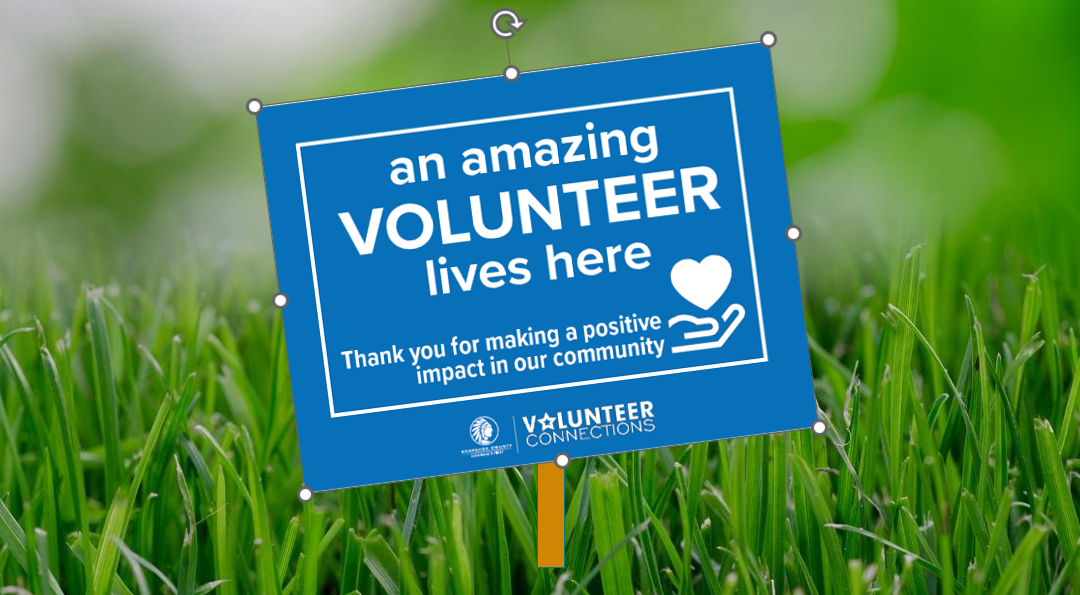Earlier this month, I left the office to attend an in-person “Network and Share” event hosted by DOVIA Colorado. The topic was Recognition, wisely timed to inspire new ideas in advance of the upcoming spring National Volunteer Week. While I have presented countless workshops and webinars and written toolkits on the topic, I know that I have much to learn, and the best learning comes from clients and peers in the field. Add to all that motivation the fact that this event was being hosted by the beautiful Denver Botanic Gardens, I was thrilled to hustle off to central Denver on a Thursday afternoon.
There, I joined a room full of practitioners – with some faces familiar and others new – to share and brainstorm recognition strategies. We introduced ourselves and then followed some brainstorming prompts at each table. While this was timed in anticipation of April’s National Volunteer Week, the table-by-table report outs revealed clear agreement across all discussions that recognition is, in fact, a year-round activity.
I was fortunate to share a table with leaders of volunteers from a fascinating array of organizations, including the City of Aurora, Denver Public Schools, Humane Society of the Pikes Peak Region, the Denver Museum of Nature & Science, a nearby senior services organization (apologies that I didn’t catch the organization’s name), and – would you believe it? – Denver International Airport. The airport has long engaged volunteers as ambassadors to welcome travelers, provide wayfinding support, and help reunite separated parties, but the main point of interest among our table was the cadre of volunteers who, with their trained canine companions, enhance traveler experience, reduce travel anxiety, or simply pass the time interacting with a friendly, furry face. The program, ironically named CATS (Canine Airport Therapy Squad), was of great interest to all of us at the table but, after grilling the patient volunteer coordinator from the airport about the fascinating world of airport volunteer programs, we finally got down to the business of recognition brainstorming.
Upon reviewing my list of notes, I found that ideas from our table and others fell into a few key categories, shared below (apologies to the many I missed or edited out for length):
SWAG
- Certificates
- Organizational t-shirts or sweatshirts
- Pins (including Airline Pins – from guess who?!)
CREATIVE GRATITUDE MESSAGES
- Social media posts
- Kudos cards (i.e., thank you notes or comments written by fellow volunteers, staff, visitors or program participants, or the public)
- Yard Signs (this was something I had seen another local county provide at the height of COVID lock down, to provide a thank you to volunteers even when they could not be on site)
MOTIVATIONAL
- Digital badges (i.e., increasingly, volunteer management software systems allow volunteers to earn digital badges that signify such varied achievements as completing a higher level of training, serving a milestone number of hours, or recruiting additional volunteers; this is all part of the strategy of motivational gamification of volunteering)
EXPERIENCES
- Joint celebrations or parties with the organization’s staff
- Monthly gatherings for social and/or training opportunities
- Behind the Scenes tours (e.g., collections or exhibit tours at museums, a fire fighting training center for a city, and the control tower at the – you guessed it – the airport [by now, we were all ready to sign up to volunteer at the airport!)
NO COST/LOW COST
- Well-timed reminders of benefits of volunteering – in other words, a theater may have a reciprocity agreements that allows volunteers to use their badge to gain reduced ticket prices at other theaters; one leader at our table was describing a new initiative to organize events that promote and encourage use of these existing (“no cost/low cost”) benefits by organizing visits to sister institutions or creating meet ups at museum lectures or programs that volunteers already have access to, but the effort of organizing it encourages volunteers to take advantage – and feel appreciated.
This is just a sampling of the ideas I heard. Share them with your colleagues, generate additional ideas, and share them in the comments below. Consider not only how to make National Volunteer Week memorable – but to integrate recognition and appreciation all year round.
